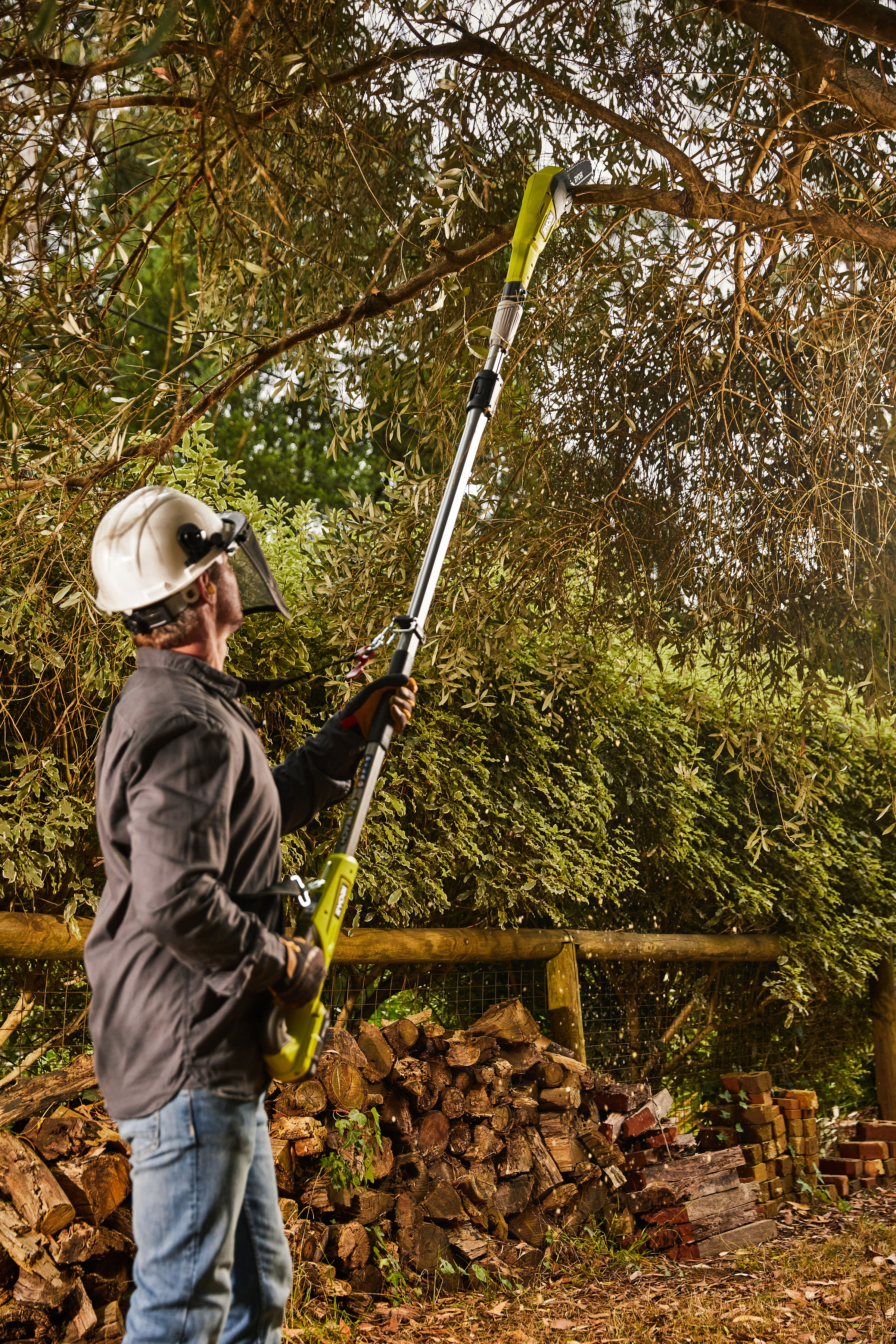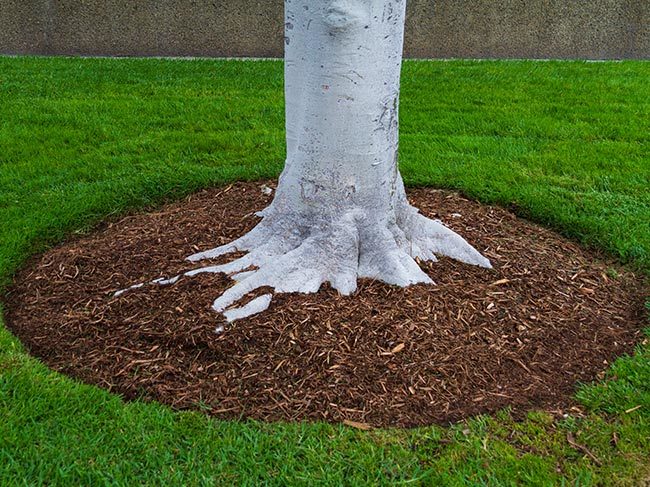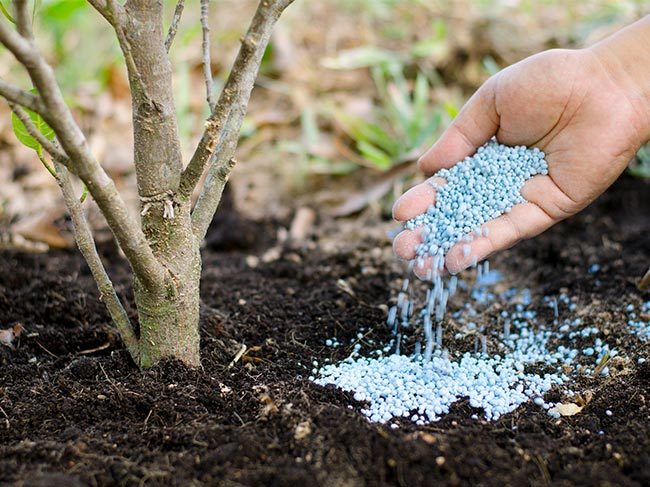
Drill into timber, soft metal and hard materials including brick and concrete with the RYOBI 18V ONE+ Hammer Drill.
Checkout at Bunnings to calculate delivery or collect in-store
How to choose the right 18V ONE+ battery for your product and task. Read more.

Start typing in the search bar. Our autocomplete feature will provide relevant suggestions. Press 'tab' to accept an autocomplete suggestion.
Often trees need to be shown a bit of ‘tough love’ in order to prosper. What are the best ways to prune, trim and shape your favourite trees without damaging them? And why now is a great time to fertilise them.

Spring is a great time to examine your trees and remove any dead or dying branches. Also, check for bug infestations or diseases and either treat them with a pesticide/fungicide or remove them entirely.
Where possible, prune to a node (the base of a bud, leaf, twig, or branch is always attached to a node). It’s healthier for your plants and encourages new growth.
Pruning saws or secateurs are great tools to prune and trim with. For high branches, use a lopper or pole pruner and use a chainsaw on the big stuff. And while you’re at it, check for any ‘cross branches’, (branches that rub against others and cause injury or disease) and lop them off. But don’t prune when trees are budding.

A few warm days in a row and it won’t be long before the soil around your trees has begun to dry out. Don’t wait for summer to think about keeping moisture in the soil, spring is a great time to mulch deeply around your trees, out to the drip line. This is really important for trees with fibrous roots that lie close to the surface, like many palms. Organic mulches break down and reinvigorate the soil, so mulching should be done each season.
If you don’t have a bed around your tree, make sure to keep the grass around it trimmed & avoid hitting the tree trunk with trimming line when tidying your lawn as this can let disease in, or you can use a grass shear instead.

Once you’ve mulched, apply an organic or commercial fertiliser to the mulch. This way it will drip-feed through to the roots and not give your trees a fertiliser ‘shock’. There is no shortage of choices of fertilisers so make sure you buy the one (or two) that suits the type of trees you have. Use a spreader or sprayer for even distribution. And read the instructions about dosage and intervals, too.

Before you begin shaping, pruning, lopping and sawing, it’s a great idea to ensure the equipment you use is sharp. Like your skin, clean cuts heal quicker and therefore protect the trees and shrubs from injury and disease. Use vertical cuts as they don’t catch water (less chance for disease).
Sterilising or disinfecting your cutting tools between trees will also help prevent any transfer of potential diseases.
Pole Pruners, Secateurs, Pruning Saws and more.
Get the most from your garden with tips & tricks from Jason Hodges, Katja Phegan and more.